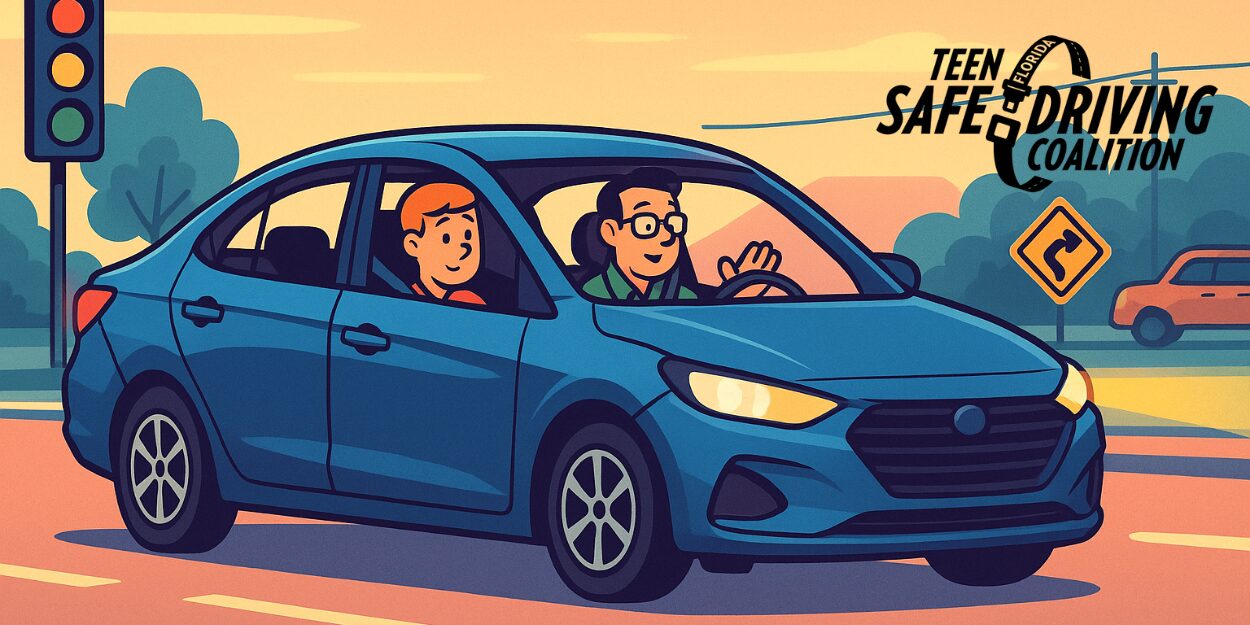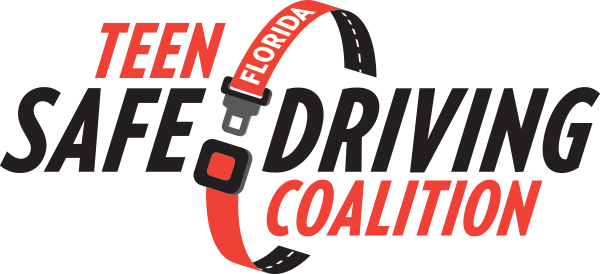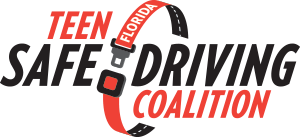
Teaching Defensive Driving: A Key Skill for New Teen Drivers
Learning to drive is an exciting milestone for teens, but it comes with a lot of responsibility. One of the most valuable skills a new driver can develop is defensive driving—the practice of anticipating potential hazards, staying aware of other drivers’ behaviors, and making decisions that prioritize safety on the road. Defensive driving is especially important for new drivers, who may lack the experience needed to react to unexpected situations quickly and calmly.
As a parent, teaching your teen the principles of defensive driving can help them avoid collisions, stay safe, and build the confidence they need to navigate the road responsibly. Let’s explore what defensive driving is, why it’s essential, and how you can guide your teen toward becoming a defensive driver.
What is Defensive Driving?
Defensive driving is more than just following the rules of the road—it’s about staying alert, being prepared for the unexpected, and making decisions that minimize risk. Defensive drivers actively anticipate potential dangers, such as sudden stops, aggressive drivers, or poor weather conditions, and adjust their behavior to avoid them. This mindset helps drivers stay in control, even in challenging situations, and reduces the likelihood of a crash.
Key aspects of defensive driving include:
- Situational Awareness: Defensive drivers are always aware of their surroundings. They monitor what’s happening around them, including the behavior of other drivers, pedestrians, and cyclists, as well as road conditions and traffic patterns. This awareness allows them to anticipate potential hazards and react accordingly.
- Safe Following Distance: Defensive drivers maintain a safe distance from the vehicle in front of them, allowing enough space to stop or maneuver if the car ahead brakes suddenly. The general rule of thumb is to follow the “three-second rule,” meaning there should be at least three seconds of space between you and the car in front.
- Anticipating Other Drivers’ Behavior: Defensive drivers assume that other drivers may make mistakes, and they stay prepared to react. Whether it’s a driver running a red light, changing lanes without signaling, or failing to yield, defensive drivers stay cautious and avoid assuming that others will always follow the rules.
- Adapting to Road and Weather Conditions: Defensive drivers adjust their speed and behavior based on the conditions of the road. For example, they may slow down when driving in heavy rain, on icy roads, or through construction zones to reduce the risk of losing control or encountering unexpected hazards.
- Avoiding Distractions: Defensive drivers stay focused on the task of driving, avoiding distractions like texting, talking on the phone, or adjusting controls while on the road. They understand that even a moment of distraction can lead to a dangerous situation.
- Maintaining a Calm and Patient Attitude: Defensive drivers avoid aggressive driving behaviors, such as tailgating, speeding, or reacting to road rage. They remain calm and patient, even when other drivers are behaving unpredictably or rudely.
Why Defensive Driving is Essential for Teens
Teen drivers face unique risks due to their inexperience behind the wheel. According to the National Highway Traffic Safety Administration (NHTSA), car crashes are the leading cause of fatality for teenagers in the United States, and teens are three times more likely than adult drivers to be involved in a fatal crash. These statistics highlight the importance of teaching teens how to drive defensively.
Here’s why defensive driving is crucial for new drivers:
- Lack of Experience: New drivers may not yet have the experience to recognize dangerous situations or react appropriately when something unexpected happens. Defensive driving gives them the tools to stay vigilant and respond calmly, even when faced with challenging conditions.
- Higher Risk of Distractions: Teens are more likely to be distracted by phones, passengers, or other factors while driving. Defensive driving encourages them to stay focused on the road and avoid distractions that could lead to a crash.
- Overconfidence: Many teen drivers overestimate their driving abilities, which can lead to risky behaviors like speeding or following too closely. Defensive driving teaches them to stay cautious and prioritize safety over confidence, helping them avoid dangerous situations.
- Peer Pressure: Teen drivers may feel pressure to show off or take risks when driving with friends. Defensive driving reinforces the importance of making responsible decisions, even when others are encouraging risky behavior.
- Navigating High-Risk Situations: Whether it’s driving at night, in bad weather, or on unfamiliar roads, defensive driving helps teens handle high-risk situations more effectively. By teaching them to adjust their behavior based on the conditions of the road, you can help them stay safe in any driving scenario.
How to Teach Defensive Driving to Your Teen
As a parent, you play a vital role in teaching your teen the principles of defensive driving. Here are some practical steps you can take to help them become a more cautious, responsible driver:
- Start with the Basics: Before diving into defensive driving techniques, make sure your teen understands the fundamental rules of the road. Review basic traffic laws, such as speed limits, stop signs, and right-of-way rules, and ensure they know how to follow them consistently. Once they’ve mastered the basics, you can begin introducing more advanced defensive driving concepts.
- Practice Safe Following Distance: Teach your teen the importance of maintaining a safe following distance by following the “three-second rule.” During practice drives, help them count the seconds between their car and the vehicle in front of them, and remind them to increase that distance in poor weather conditions or when driving at higher speeds.
- Teach Situational Awareness: Encourage your teen to stay aware of their surroundings by regularly checking their mirrors, scanning the road ahead, and paying attention to what’s happening around them. During practice drives, ask them to identify potential hazards, such as pedestrians, cyclists, or other vehicles changing lanes. This helps them develop the habit of staying alert and focused on the road.
- Anticipate Other Drivers’ Mistakes: Reinforce the idea that other drivers may not always follow the rules or drive safely. During practice drives, point out examples of drivers making mistakes, such as running red lights or changing lanes without signaling, and discuss how your teen should react in those situations. Emphasize the importance of staying cautious and not assuming that other drivers will behave predictably.
- Adjust for Road Conditions: Teach your teen to adjust their driving behavior based on the conditions of the road. For example, explain that they should reduce their speed when driving in rain, snow, or fog, and increase their following distance to allow more time to stop. Encourage them to be extra cautious when driving at night or on unfamiliar roads, where visibility may be limited.
- Encourage Calm, Patient Driving: Help your teen understand that aggressive driving behaviors—such as speeding, tailgating, or reacting to road rage—are dangerous and can lead to a crash. Encourage them to remain calm and patient behind the wheel, even when other drivers are behaving rudely or unpredictably. Remind them that arriving safely is more important than arriving quickly.
- Use Real-World Examples: One of the most effective ways to teach defensive driving is by using real-world examples. If you’re driving with your teen and encounter a situation that requires defensive driving, such as avoiding a distracted driver or reacting to sudden traffic changes, talk through your thought process with your teen. Explain how you anticipated the hazard and adjusted your behavior to avoid it. These teachable moments can help your teen understand the practical application of defensive driving techniques.
- Enroll Them in a Defensive Driving Course: Consider enrolling your teen in a defensive driving course. These courses provide structured instruction on defensive driving techniques and help teens build the skills they need to stay safe on the road. Many defensive driving courses also offer hands-on practice in controlled environments, giving teens the opportunity to experience high-risk situations and learn how to respond effectively.
The Long-Term Benefits of Defensive Driving
Teaching your teen defensive driving isn’t just about keeping them safe in the short term—it’s about helping them develop habits that will protect them for a lifetime. Defensive driving skills are valuable for drivers of all ages, and the habits your teen develops now will serve them well as they gain more experience on the road.
By learning to anticipate hazards, avoid distractions, and make safe decisions, your teen will be better equipped to navigate the challenges of driving as they grow older. They’ll also be less likely to engage in risky behaviors like speeding, tailgating, or driving aggressively, which can lead to serious crashes.
Additionally, defensive driving can lead to practical benefits, such as lower insurance premiums and fewer traffic tickets. Many insurance companies offer discounts to drivers who complete defensive driving courses, and teens who practice safe driving habits are less likely to receive traffic violations, which can lead to increased insurance rates.
Defensive Drivers are Safer Drivers
Defensive driving is one of the most important skills a new driver can develop. By teaching your teen to stay aware of their surroundings, anticipate hazards, and make safe, responsible decisions behind the wheel, you’re helping them become a safer driver and reducing their risk of being involved in a crash.
As a parent, your guidance and example are key to instilling these habits in your teen. Through practice, open communication, and real-world examples, you can give your teen the tools they need to drive defensively and stay safe on the road.
The skills your teen learns today will serve them for a lifetime, helping them navigate the road with confidence, caution, and a commitment to safety. By prioritizing defensive driving, you’re setting them up for success—and giving them the best possible chance of avoiding the dangers that come with driving.
For free teen traffic safety information and resources, click here!

